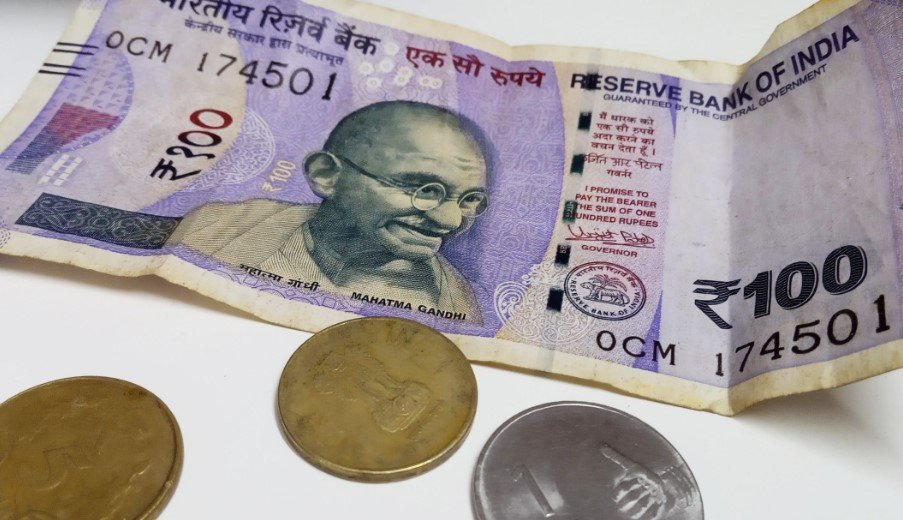Rupee Strengthens Against US Dollar, Gains 0.36%
The Indian rupee opened stronger on February 12, rising by 39 paise to 86.4425 against the US dollar. The currency appreciated by 0.36%, maintaining its position as the best-performing currency in Asia for the second consecutive day.
This surge follows a significant 0.75% appreciation on February 11, when the rupee closed at 86.8300. Analysts believe this strength is partially due to the Reserve Bank of India’s (RBI) likely intervention in the forex market, stabilizing the currency amid global uncertainties.
RBI’s Role in Stabilizing the Rupee
Market observers suspect the RBI played a crucial role in supporting the rupee’s recent performance. While there was no official confirmation, traders pointed to the central bank’s past interventions to curb volatility.
- The RBI is known to step in when there are excessive fluctuations in the rupee’s value.
- A controlled depreciation strategy helps maintain stability in import and export markets.
- Intervention tactics often include selling dollars to manage demand-supply imbalances.
With the rupee closing at 86.8300 on February 11, traders expect continued central bank vigilance to prevent sharp movements in the forex market.

What Analysts Are Saying
Financial experts believe the rupee’s strong momentum will act as a support level, limiting further depreciation. Amit Pabari, managing director at CR Forex Advisors, suggested that a decisive break below 86.20 could lead to further gains for the rupee.
“If the rupee sustains below 86.20, we may see it testing 85.80 or even 85.50 in the coming sessions,” Pabari noted. This prediction is based on technical indicators and ongoing market trends favoring the rupee.
Global Factors at Play
Several external factors are influencing the rupee’s movement against the dollar:
- US Federal Reserve Policy – Investors are closely watching US inflation data and interest rate signals.
- Crude Oil Prices – Lower oil prices reduce India’s import bill, easing pressure on the rupee.
- Foreign Institutional Investments (FII) – An uptick in FII inflows strengthens local currency demand.
- Geopolitical Developments – Any major global uncertainty could impact emerging market currencies, including the rupee.
Despite global headwinds, India’s robust forex reserves and the RBI’s cautious approach are expected to support the rupee in the near term.
Looking Ahead: Will the Rupee Hold Its Ground?
The rupee’s outlook depends on a mix of domestic economic data and global developments. With inflation under control and steady economic growth, analysts believe the currency could continue its positive streak.
A major trigger will be the upcoming US inflation data release, which could influence global currency movements. If the rupee maintains strength above key support levels, further gains may be on the horizon. However, any sharp moves in the dollar index or a spike in crude oil prices could add volatility to the market.
For now, all eyes remain on the RBI’s strategy and external economic cues to determine whether the rupee can sustain its strong run or face renewed pressure in the forex market.
